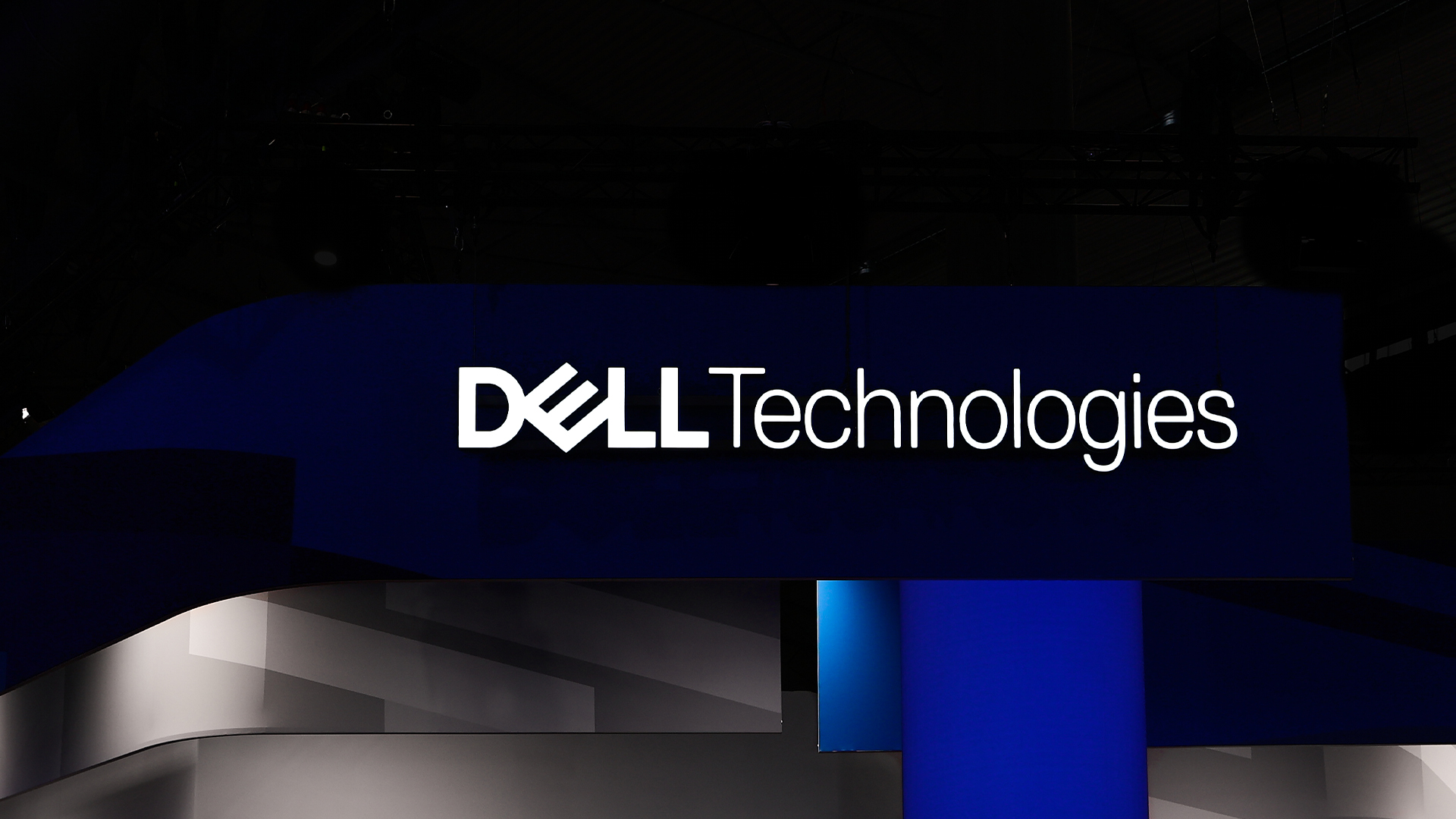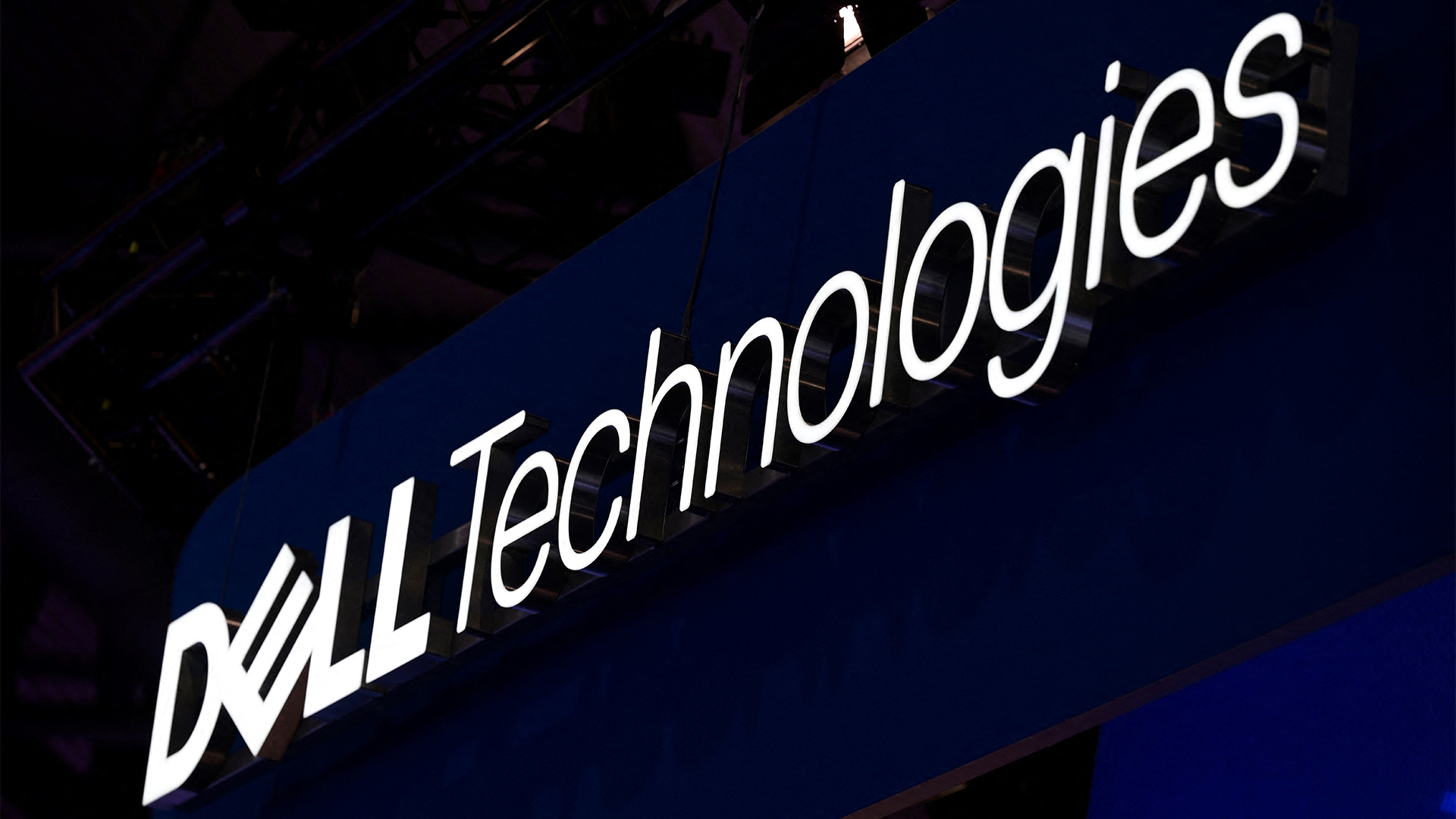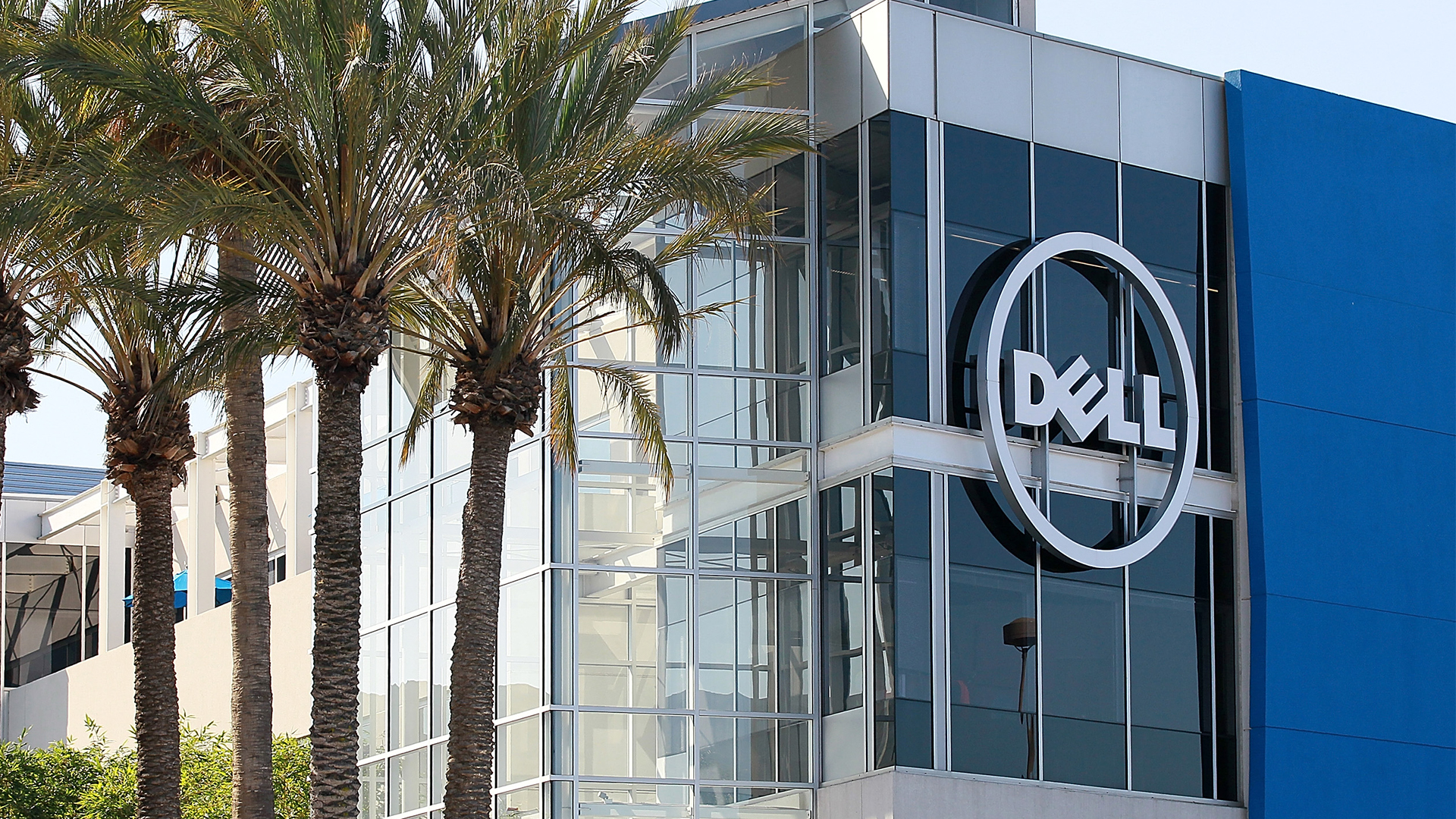Dell: Widespread software defined networks "3-to-5" years away
Other trends more pressing, but software defined networking will win the day


Hardware giant Dell has watered down some of the industry hype surrounding software defined networking (SDN), claiming the technology will take longer than some think to take-off.
Speaking to IT Pro, Paul Larson, Dell's head of enterprise marketing for Western Europe, said SDN is inspiring a lot of 'buzz' within the networking professionals community at the moment, but not a lot of action.
"When it comes to SDN, there is a lot of talk, but not so much implementation. This is because customers are seeing it as a longer term solution; they are telling us they really want to have a totally software defined network in three to five years, not immediately," he said.
"So while it is not something we will see an immediate uptake in, it will definitely be more important further down the road."
SDN involves taking much of what Larson describes as the "intelligence" in switches out and putting it either in a server or hypervisor.
"The birth of it is from a lot of university researchers trying to find ways to make a network less expensive and easier to manage. If you have a network switch in front of you, it has a lot of intelligence inside it its own processors, its own memory, and so on which makes them pretty expensive," he explained.
"The premise with SDN is that you can now acquire switches at a lower cost as they have lower intelligence and, as you have all the intelligence on a single server or hypervisor, you can now more easily manage it from a single location. This in turn makes overall management of the network much easier," he added.
Get the ITPro daily newsletter
Sign up today and you will receive a free copy of our Future Focus 2025 report - the leading guidance on AI, cybersecurity and other IT challenges as per 700+ senior executives
However, while SDN is generating the most excitement, Larson said it's not the technology that will receive the greatest uptake in the short to medium term.
"The most immediate trend is converged infrastructure, which collapses hardware, bringing multiple IT layers into one solution," said Larson. "Converged infrastructure lowers operational costs, which is attractive to customers as that is the thing they are most worried about today."
Second to converged infrastructure is converged fabric, Larson claimed, which allows servers housed in the same chassis to talk to each other using Ethernet technology, without having to go through a switch.
"This is definitely something that is happening right now, but there is more of a project-by-project approach being taken, so it is quite slow," he concluded.

Jane McCallion is Managing Editor of ITPro and ChannelPro, specializing in data centers, enterprise IT infrastructure, and cybersecurity. Before becoming Managing Editor, she held the role of Deputy Editor and, prior to that, Features Editor, managing a pool of freelance and internal writers, while continuing to specialize in enterprise IT infrastructure, and business strategy.
Prior to joining ITPro, Jane was a freelance business journalist writing as both Jane McCallion and Jane Bordenave for titles such as European CEO, World Finance, and Business Excellence Magazine.
-
 Westcon-Comstor and Vectra AI launch brace of new channel initiatives
Westcon-Comstor and Vectra AI launch brace of new channel initiativesNews Westcon-Comstor and Vectra AI have announced the launch of two new channel growth initiatives focused on the managed security service provider (MSSP) space and AWS Marketplace.
By Daniel Todd Published
-
 Third time lucky? Microsoft finally begins roll-out of controversial Recall feature
Third time lucky? Microsoft finally begins roll-out of controversial Recall featureNews The Windows Recall feature has been plagued by setbacks and backlash from security professionals
By Emma Woollacott Published
-
 Scale of Dell job cuts laid bare as firm sheds 10% of staff in a year
Scale of Dell job cuts laid bare as firm sheds 10% of staff in a yearNews Dell Technologies’ workforce has reduced significantly in recent years, figures show, with headcount at the tech giant dropping by 10% in 2025 alone.
By Nicole Kobie Published
-
 Dell Technologies just revamped its Partner Program for 2025 – here's what to expect
Dell Technologies just revamped its Partner Program for 2025 – here's what to expectNews Dell Technologies has unveiled its revamped Partner Program for 2025, offering a range of new incentives for partners.
By Emma Woollacott Published
-
 'Nothing is faster than the speed of human interaction': Dell orders staff back into the office as the company shakes up hybrid working practices
'Nothing is faster than the speed of human interaction': Dell orders staff back into the office as the company shakes up hybrid working practicesNews Dell Technologies has ordered staff to return to the office five days a week, according to reports, with some exceptions allowed for staff located too far from physical office sites.
By Emma Woollacott Published
-
 Meta layoffs hit staff at WhatsApp, Instagram, and Reality Labs divisions
Meta layoffs hit staff at WhatsApp, Instagram, and Reality Labs divisionsNews The 'year of efficiency' for Mark Zuckerberg continues as Meta layoffs affect staff in key business units
By Ross Kelly Last updated
-
 Business execs just said the quiet part out loud on RTO mandates — A quarter admit forcing staff back into the office was meant to make them quit
Business execs just said the quiet part out loud on RTO mandates — A quarter admit forcing staff back into the office was meant to make them quitNews Companies know staff don't want to go back to the office, and that may be part of their plan with RTO mandates
By Nicole Kobie Last updated
-
 Microsoft tells staff it won’t follow Amazon or Dell on enforcing a return to the office – but there’s a catch
Microsoft tells staff it won’t follow Amazon or Dell on enforcing a return to the office – but there’s a catchNews While other big tech companies are forcing reluctant workforces back into the office, Microsoft isn’t following suit
By George Fitzmaurice Published
-
 Amazon workers aren’t happy with the company’s controversial RTO scheme – and they’re making their voices heard
Amazon workers aren’t happy with the company’s controversial RTO scheme – and they’re making their voices heardNews An internal staff survey at Amazon shows many workers are unhappy about the prospect of a full return to the office
By Ross Kelly Published
-
 Predicts 2024: Sustainability reshapes IT sourcing and procurement
Predicts 2024: Sustainability reshapes IT sourcing and procurementwhitepaper Take the following actions to realize environmental sustainability
By ITPro Published